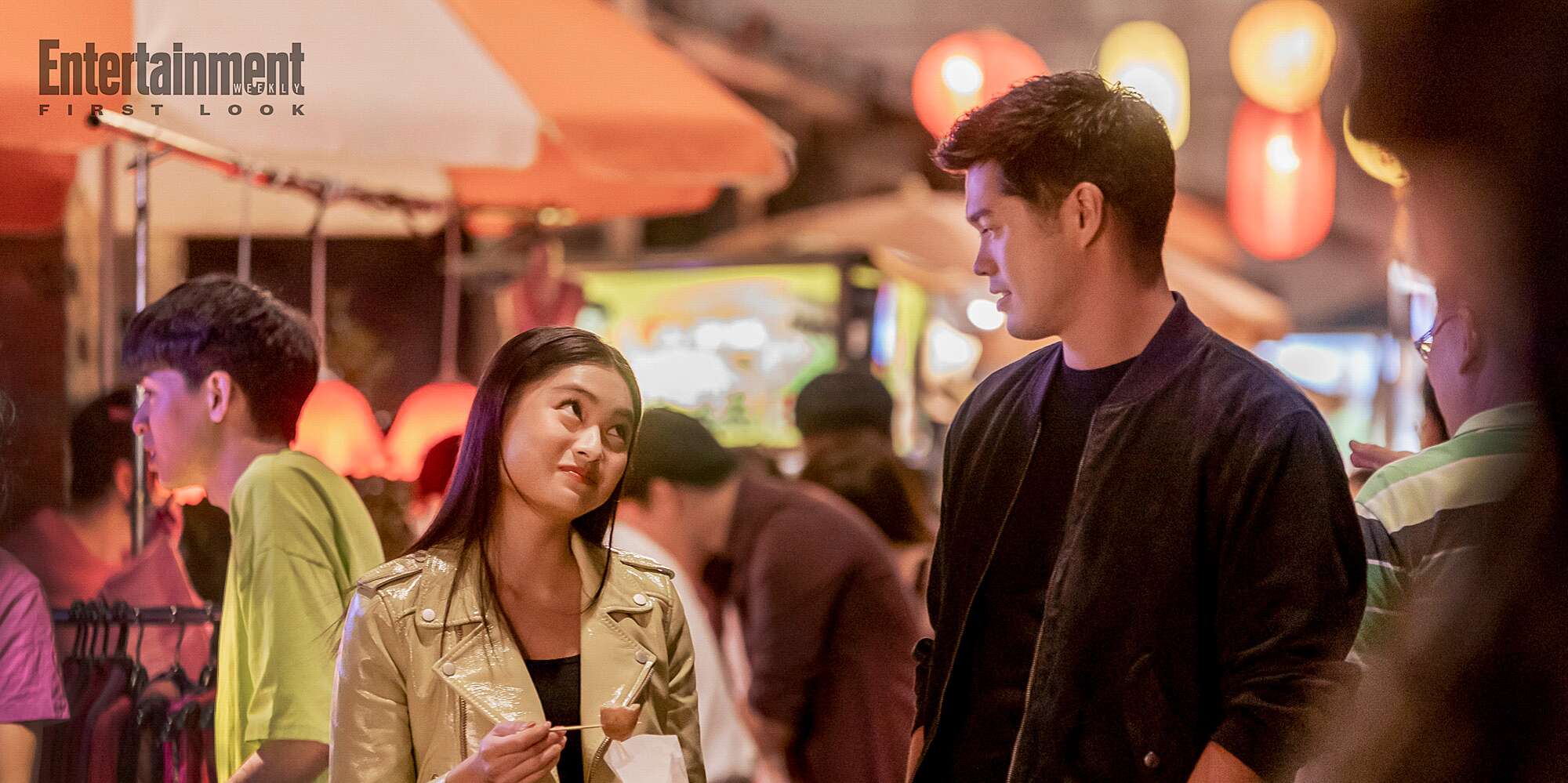K Place opened at The Source OC in 2018 as a one-stop hub for K-pop merch, albums, light sticks and band-inspired stationery. General manager Emily Kim said the shop delivers a buoyant sense of community that young K-pop fans may not be able to find when they shop online.
“The moment you step into K Place, you are immersed in a diverse crowd united by K-pop,” she said. “Our photocard trading events and annual Random Play Dance event give our community a platform to express themselves and interact with kindred spirits.”
Offerings like those have helped Asian-focused malls buck broader industry trends. Malls face the highest vacancy rates among U.S. retail spaces, according to researchers at the global real estate services company JLL, with the share of empty space rising from 4.3% in 2018 to 8.8% this year.
The bustling Diamond Jamboree mall in Irvine, California, by contrast, has no vacancies, leasing manager Helen Wang said. Pacific East Mall, a 25-year-old mall in the San Francisco Bay Area, is nearly at full capacity after it underwent major renovations last year, leasing executive John Luk said.
Tangram, a mall in the Flushing neighborhood of Queens, New York, already has more than 75% of its retail spaces leased after it opened last year. More than 35 businesses are open, and more are in the works for winter, including a Korean barbecue restaurant and an arcade, said Helen Lee, an executive vice president at F&T Group, which co-developed the property.
Some retailers at longtime Asian malls have become institutions unto themselves. A handful of businesses at Asian Garden Mall, such as the general goods store MY-A, have been operating since the center opened, providing essential services to immigrants who speak little or no English.
“I work 365 days without rest,” said MY-A owner Kieu Hue Ly, who sells medicine, cosmetics and household goods exported from Taiwan, Vietnam and Singapore. Most of her customers, Ly said, are Vietnamese refugees who have been shopping at her store for decades.


